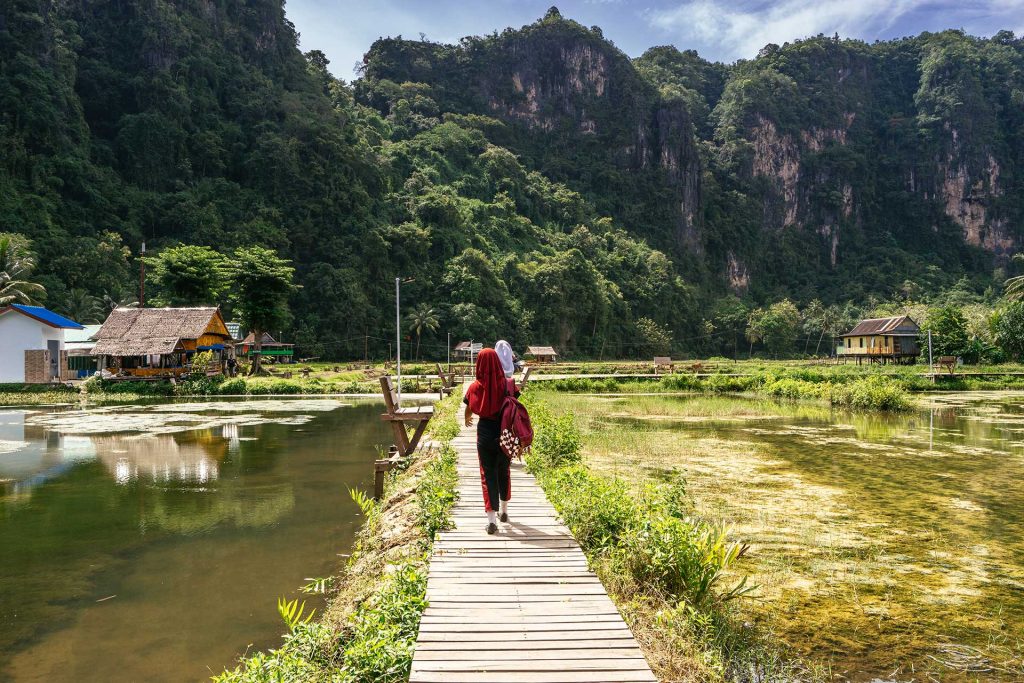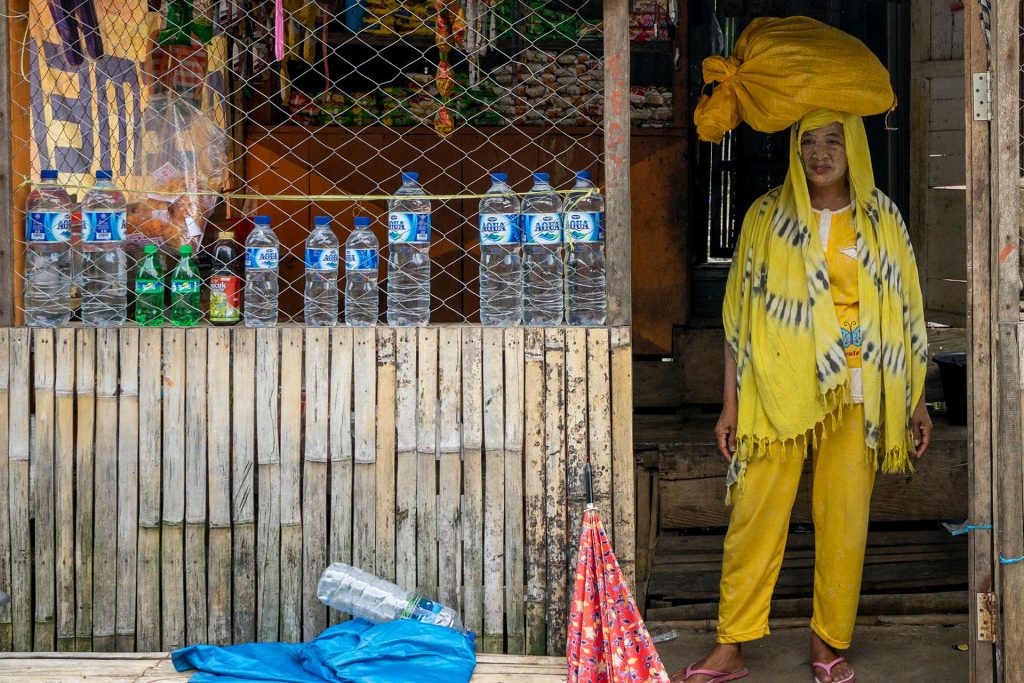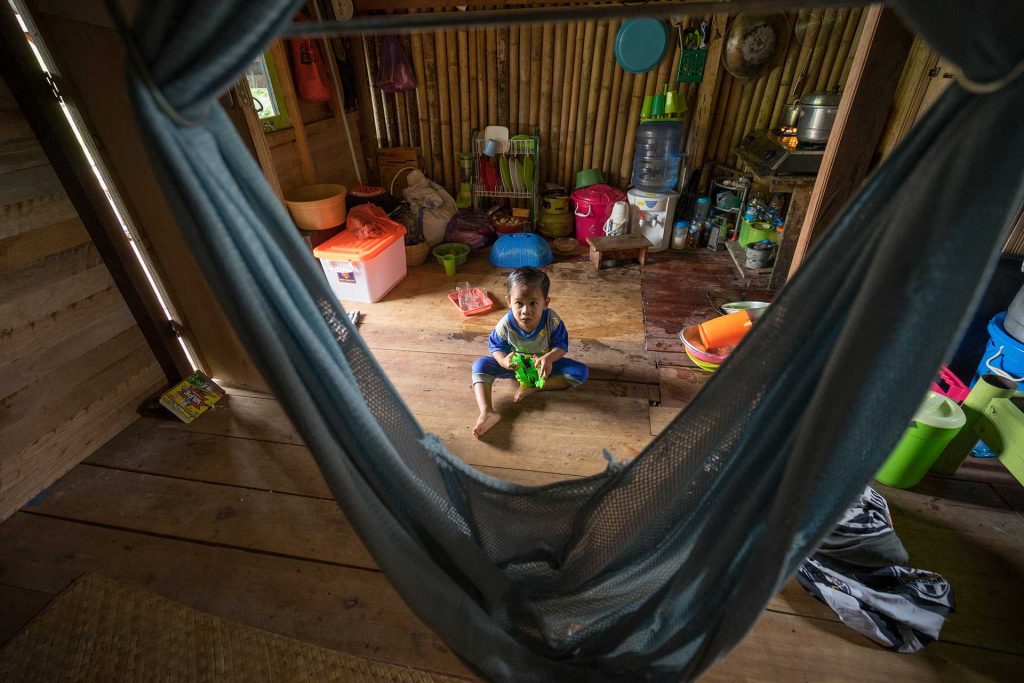TRAVEL AND LOGISTICS:
Participants will take a connecting flight from Jakarta to Makassar airport in South Sulawesi. The journey to Maros takes about one hour by minibus. After arriving in Bontoa Sub-District, access to Salenrang is by the community’s organised eco-tourism boats (20 minute boat-ride). Participants will sleep at the homes of residents, organised in the framework of the communities’ eco-tourism projects. Indoor bathrooms have cold water showers and squat toilets. Food generally consists of rice with river fish, vegetables, and chilli sauce.
WHAT TO BRING
Sunscreen/sun protection, mosquito repellent, motion sickness medicine, refillable water bottle, tissues/toilet paper, towel, sandals/flip flops, swimming costume.
Languages: Indonesian, English, Spanish and French
Maximum participants: 30
Difficulty: 3/5 ***

BACKGROUND
Maros, South Sulawesi, is home to the Leang-Leang karsts. Covering 43,750ha, Leang-Leang is the second biggest karst area in the world after South China karsts in Yunnan. Leang-Leang not only presents a unique landscape but also has archaeological sources of prehistoric caves dating back to thousands of years, with the region being inhabited by humans since perhaps as early as 8000BCE. Leang-Leang has been integrated in the Bantimurung Bulusaraung National Park and has been recognised as a UNESCO world heritage site since 2001. Today, 4,796 families in Maros rely on the karst region for farming, river fishing, fish farming, and lately ecotourism. These activities are managed through strong community structures, allowing for collective governance processes and sustainable wealth creation.
The Maros area is also rich in natural resources, resulting in mineral and mining permits to be allocated to private, non-local companies. Currently, there are 16 mining companies who have obtained licenses for exploitation of cement and marble, covering a total of 64 mines and 22 rock quarries, each covering 15-25ha. The karsts of Leang-Leang are significantly threatened by this exploitation; the ecological resources are be destroyed while social conflicts have also emerged after some parts of the community strongly rejected the presence of mines and quarries.
Lately, under pressure from the local community, the Maros local government has undertaken a review of the mining permits, including by requiring a new environmental impact analysis, environmentally manageable mining efforts, and environmental monitoring efforts. About 20 of the mines and quarries have been closed as a result, but the struggle continues as other new licenses are being granted, in particular to Chinese companies. Maros community members and civil society organsiations are working hard to ensure natural resource exploitation is limited; they are conducting community mapping for village boundary settings and karst delimitations, and running capacity building programs on advocacy, community engagement, and empowerment. Community-developed maps for Bontoa Sub-District have been submitted to the Maros local government at an event on 11 April 2017, with the maps received directly by the District Head of Maros. At the meeting, the local government expressed their hopes that the participatory mapping process can be expanded to other sub-districts in Maros.
PARTICIPANTS
WILL LEARN
ABOUT...
- Community engagement against corporate land grabbing and mining;
- Community management of natural resources, village planning and eco-tourism;
- Community mapping and other tools against land grabbing.
IN
SALENRAG
VILLAGE
PARTICIPANTS
WILL...
- Attend seminars on community engagement, community organisation and tools against corporate land grabbing, in particular in the mining sector;
- Participate in two-way sharing sessions, with the idea that not only will participants learn from the residents of Maros but that residents will also learn from the field trip participants;
- Discuss with local government, civil society and private sector on how to overcome conflicts emerging due to land grabbing;
- Visit the karsts of Leang-Leang and witness the mining sites’ impacts on the ecology, society, and economy of the region.














